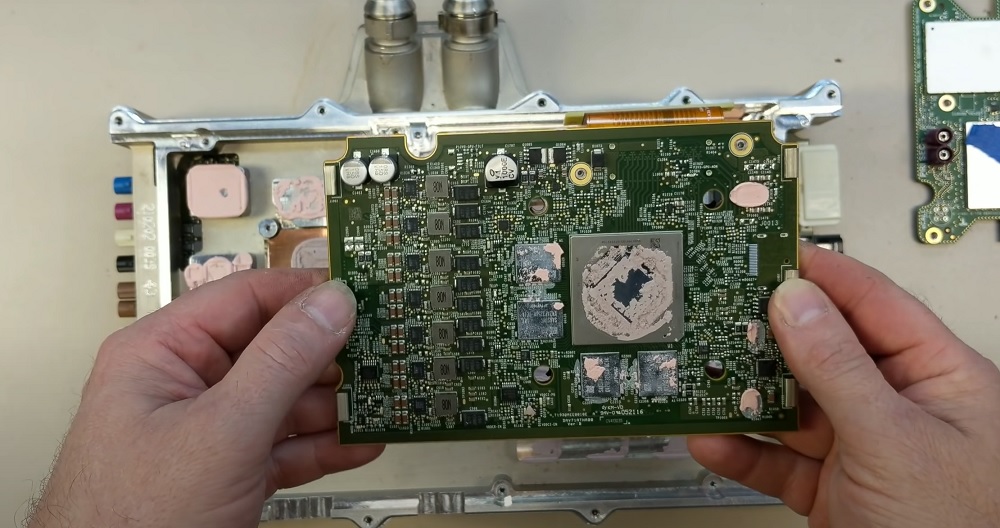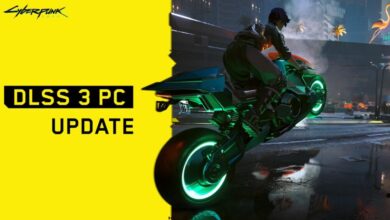
Elon Musk said a few months ago that the new Tesla Model S was going to mount a GPU as powerful as the PS5, thanks to the development and integration of a new computer that involved the biggest technological renovation of said car since 2012. However, he did not go into specific details, so we were not clear what specifications said GPU had, nor what other elements would accompany this new computer.
Thanks to an exploded view carried out a few days ago at Ingineerix we have finally been able to discover the most important characteristics of that computer that the new Tesla Model S uses, and the truth is that its ins and outs are, in the end, more interesting than we had imagined.
Before we begin, I want you to take a look at the design of the computer for a moment, and how compact it is. How could it be otherwise, it is integrated into a protective shell, and has a variety of connectors on the sides.
The first part of the video includes a breakdown of the different connectors used in the computer. These include those for power, those for radio, those dedicated to speakers, and others for data transmission. In the first shot that shows the computer from the back we can also see the LTE modem, whose PCB has a lighter green color, and the capacitors.
Tesla has used a first generation Zen CPU
And it is very curious to me, the truth. Don’t get me wrong, Zen architecture still offers a good level of performance, but it is still a bit shocking that the company that Elon Musk runs used a 2017 architecture for an embedded computer in 2021. I think this can be due to several reasons, and that these would be the most important:
- Cost-performance valueZen processors perform well, they can easily meet the needs of the Tesla Model S in both the medium and long term, and they have a lower cost than other more advanced architectures.
- 14nm process and chip shortage: Zen uses the 14nm node, which means that it does not require a state-of-the-art process, and therefore should suffer less from the current semiconductor shortage. I say in theory because, in the end, the automotive industry has also ended up being seriously affected by said shortage, and not even the least advanced nodes have fared well, as we saw at the time in this article. Take a look, it will help you to better contextualize this article.
The Zen processor that mounts the new Tesla Model S has quad core and it appears to be a 45 watt APU with 4MB L3 cache and 512KB L2 cache per core. Curious, since this computer comes with a dedicated GPU that uses the RDNA 2 architecture, and is based on the Navi 23 core, the same one that the Radeon RX 6600 XT and RX 6600 mount, although in this case the configuration that Tesla has mounted is the one we saw in the second, since it comes with:
- 1,792 shaders at 2.8 GHz (maximum frequency).
- 28 units to speed up ray tracing.
- 112 texturing units.
- 64 raster units.
- 128-bit bus.
- 32MB infinite cache.
- Maximum power: about 10 TFLOPs.
They do not specify the integrated graphics memory, but I imagine that it will have 8 GB of GDDR6. This dedicated graphics solution offers a very high performance, so much so that it is able to move, without problem, new generation games, including the controversial, yet cool, Cyberpunk 2077.
The computer also has a drive 256GB PCIE SSD for storage, has a very careful sound solution, with three amplifiers and audio filters, and has a PowerPC support processor, which is located just to the left of the Ryzen, as you can see in the video (minute 6:13). I have not found information on the amount of RAM installed, but I suspect that it will have at least 8 GB, since otherwise it would not be able to run current games fluently.



